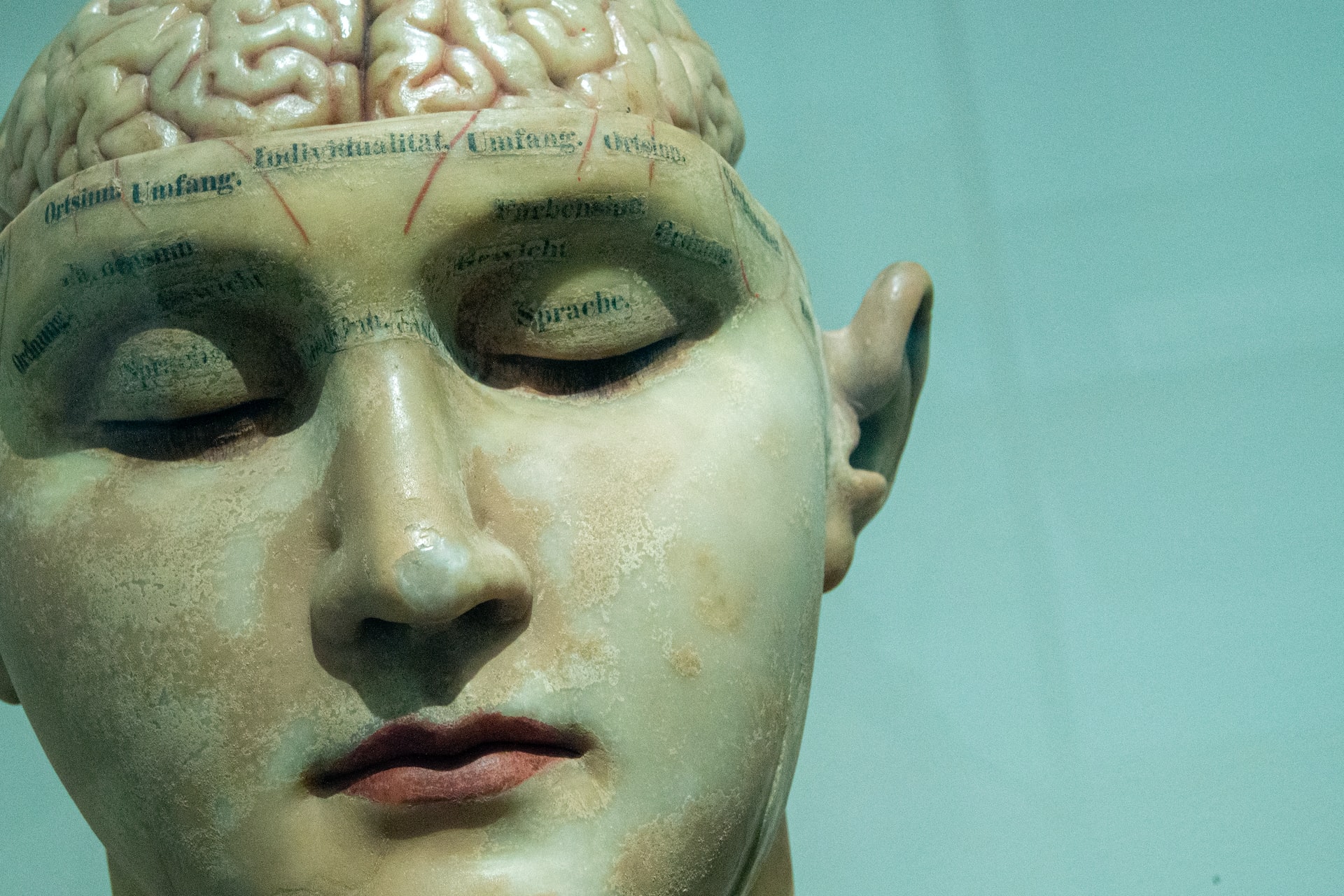Managing Parkinson’s: Lifestyle Changes That Work
Managing Parkinson’s: Lifestyle Changes That Work
Parkinson’s disease can be challenging, but many people find that making certain lifestyle changes can help manage their symptoms and improve their quality of life. Here are some practical strategies that have shown promise:
Exercise is key. Regular physical activity is one of the most effective ways to slow down Parkinson’s progression[1]. Activities like walking, swimming, and stretching can improve mobility, balance, and flexibility[7]. Some people find that rhythmic activities, such as dancing or walking to music, are particularly helpful for improving movement and coordination[7].
Eating well matters. A balanced diet rich in nutrients can make a big difference. Foods high in antioxidants, like colorful fruits and vegetables, may help protect brain cells[4]. Omega-3 fatty acids, found in fish, flaxseeds, and walnuts, support brain health[4]. It’s also important to stay hydrated and eat enough fiber to prevent constipation, which is common in Parkinson’s[1][4].
Timing meals and medications carefully can help. Some people find that high-protein foods can interfere with how well their Parkinson’s medications work[7]. Adjusting when you eat protein-rich meals in relation to when you take your medication may improve its effectiveness[7].
Adapting your environment can make daily tasks easier. Simple changes like using utensils with larger handles, wearing clothes with Velcro fasteners instead of buttons, or installing grab bars in the bathroom can help maintain independence[7].
Managing stress is crucial. Stress can worsen Parkinson’s symptoms, so finding ways to relax is important. This might include meditation, deep breathing exercises, or engaging in hobbies you enjoy[7].
Staying socially active can boost mood and overall well-being. Joining support groups or participating in community activities can provide emotional support and help combat feelings of isolation[7].
Getting enough sleep is vital. Parkinson’s can disrupt sleep patterns, so establishing a regular sleep routine and creating a comfortable sleep environment can help improve rest quality[7].
Working with a healthcare team is essential. Regular check-ups and open communication with doctors, physical therapists, and other specialists can ensure that treatments and lifestyle changes are tailored to individual needs[7].
While these changes can’t cure Parkinson’s, many people find they can significantly improve day-to-day life with the condition. It’s important to remember that what works best can vary from person to person, so it may take some trial and error to find the right combination of strategies.





